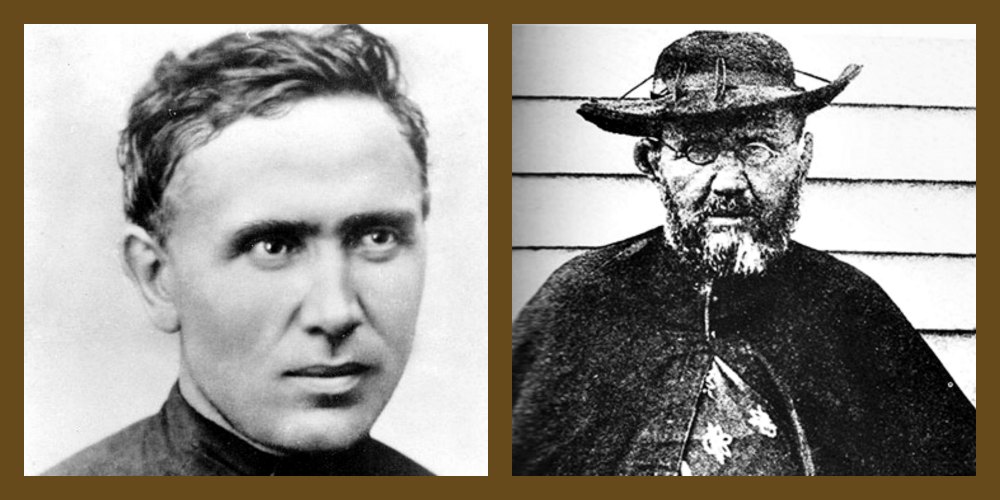Hawaii History:
(from “History of the Catholic Mission in the Hawaiian Islands” by Father Reginald Yzendoorn, SS.CC., Honolulu Star-Bulletin Ltd., Honolulu, Territory of Hawaii, 1927)
(continued from June 2nd)
Although we do not know the name of the Spaniard who discovered the Hawaiian Islands, there can be no doubt but that the group of islands was known to and visited by the mariners of that nationality. Indeed, two island groups, called Los Monges and Los Bolcanos, which appear on a great many maps of the 16th, 17th and 18th centuries must be identified with the Hawaiian archipelago.
The Los Bolcanos group, consisting of five islands, one of which is called La Farfana (probably a misreading of La Tartana), appears for the first time in 1569 on Mercator’s map: Nova et aucta orbis description, at between 22 and 26 degrees north lat. and about 176 degrees west long. of Greenwich.
Los Monges are mapped for the first time by Abraham Ortelius on the map of America, made in 1587, and reproduced in the A.D. 1612 edition of his monumental atlas: Theatrum Orbis Terrarum. There they are at between 20 and 22 degrees north lat. and 159 and 162 degrees west long. Various cartographers during the two following centuries have maintained the Los Monges group on their maps until Captain Cook rediscovered and renamed them; whilst Los Bolcanos are mapped for the last time by J.A. Maginus in 1617.
A complete study of all these maps leaves no doubt as to the identity of these two groups with the Hawaiian Islands.
Here then we have a clear indication that the Los Monges group or the Hawaiian Islands, were known to the Spaniards as early as 1569.
(to be continued tomorrow)
Blessings, pono and pule!
Fr. Brian Guerrini, ss.cc.
Priest
Molokai
